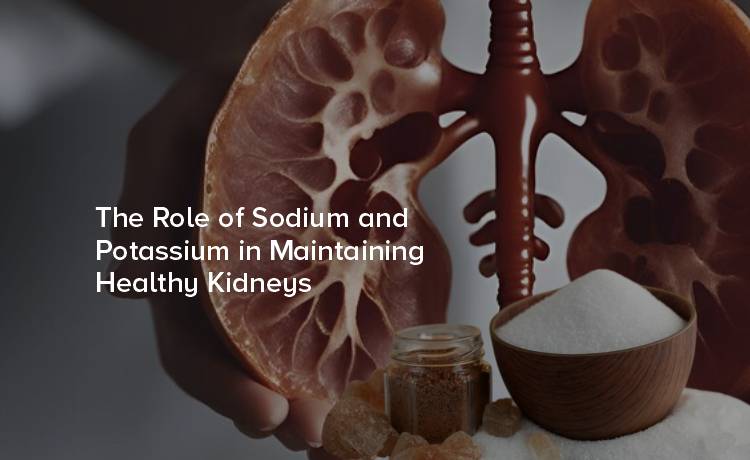
Keeping your kidneys healthy is essential for overall well-being. These bean-shaped organs regulate fluid levels, filter waste, and balance key minerals in your body. Among these minerals, sodium and potassium play a particularly critical role in supporting kidney function. But what exactly do they do, and why do you need the right balance of both?
Before we explore the roles of sodium and potassium, it’s worth understanding how your kidneys function. These two organs process about 50 gallons of blood a day, filtering out waste products and excess substances to be excreted in urine.
Among their many jobs, kidneys maintain the body’s electrolyte balance—including sodium, potassium, and other minerals like calcium and magnesium—to ensure proper hydration, nerve function, and muscle contractions. The delicate harmony of these electrolytes determines how well your kidneys respond to day-to-day demands, such as staying hydrated or adapting to changing dietary habits.
Sodium and potassium are electrolytes—minerals that carry an electric charge and are crucial for basic bodily functions. While these minerals work as a team, their opposing roles create balance.
Excess sodium is a common culprit in kidney-related health issues. While your body needs sodium to function, consuming too much can strain the kidneys.
When you eat a high-sodium diet (think salty snacks, processed foods, or fast food), your kidneys struggle to filter out the excess. This can lead to several complications, including:
The American Heart Association recommends no more than 2,300 milligrams (about one teaspoon of salt) per day, and ideally, less than 1,500 milligrams for most adults.
Potassium is just as vital as sodium—if not more—for kidney and overall health. It's often described as sodium's counterbalance because it plays a crucial role in preventing fluid retention and regulating blood pressure.
While potassium is crucial, “exces potassium” can be dangerous, particularly for those with existing kidney disease. Damaged kidneys may struggle to filter out excess potassium, leading to hyperkalemia, a condition characterized by dangerously high potassium levels in the blood. Signs of hyperkalemia include irregular heartbeats, fatigue, and muscle weakness.
For optimal kidney health, balancing sodium and potassium intake is key. Here’s how you can achieve that balance in your daily life.
1. Understand Food Sources of Sodium and Potassium
2. Read Nutrition Labels
Check the sodium content on packaged foods—it can be surprising! Opt for labels that say "low sodium" or "no salt added." Similarly, look for potassium content to ensure you're meeting your daily needs.
3. Cook at Home
Cooking meals at home allows you to control your sodium and potassium intake. For example, rinse canned beans or vegetables to reduce their sodium content. Consider trying salt substitutes that use potassium chloride instead of sodium chloride.
4. Monitor Potassium if You Have Kidney Disease
If you’ve been diagnosed with kidney disease, work closely with your healthcare provider to tailor your potassium intake. Potassium restrictions may be necessary to prevent hyperkalemia.
5. Stay Hydrated
Proper hydration helps your kidneys flush out excess sodium and balance electrolytes effectively. Aim for the recommended water intake for your age and activity level.
Understanding your electrolyte balance requires regular check-ups. Blood tests can detect abnormalities in sodium and potassium levels, providing insights into your kidney health. These are especially important for individuals with high blood pressure, diabetes, or a family history of kidney disease.
Your kidneys deserve as much care as any other vital organ. By managing your sodium and potassium levels, you can support these hardworking organs and protect your overall health. Small changes in diet and lifestyle can have a big impact.